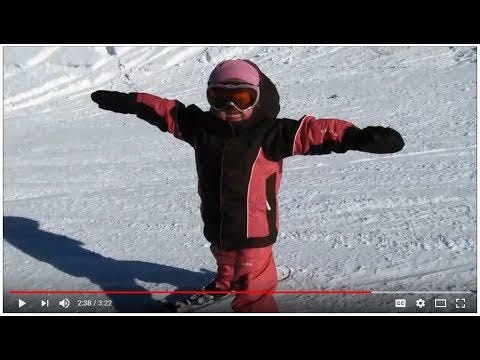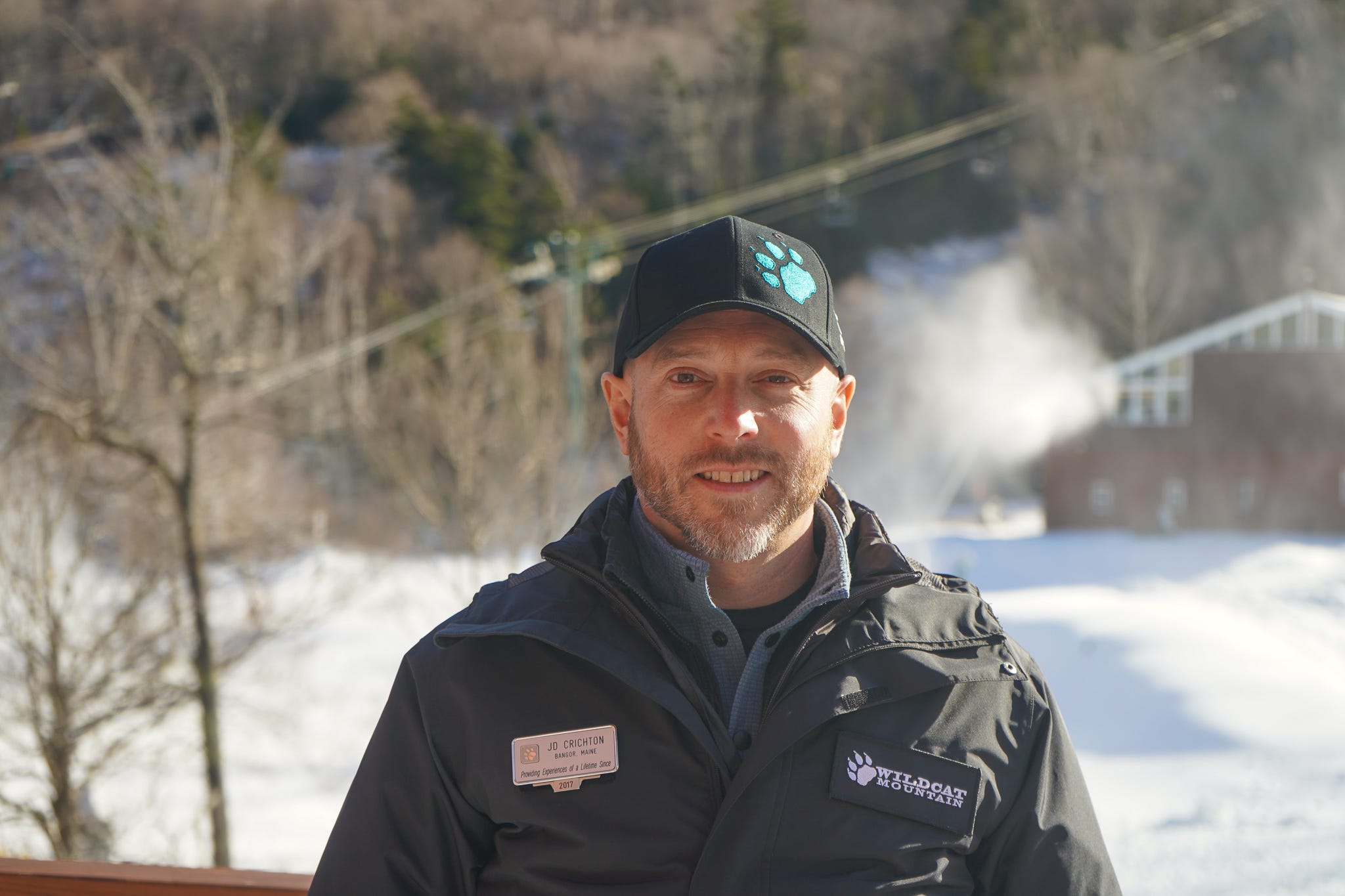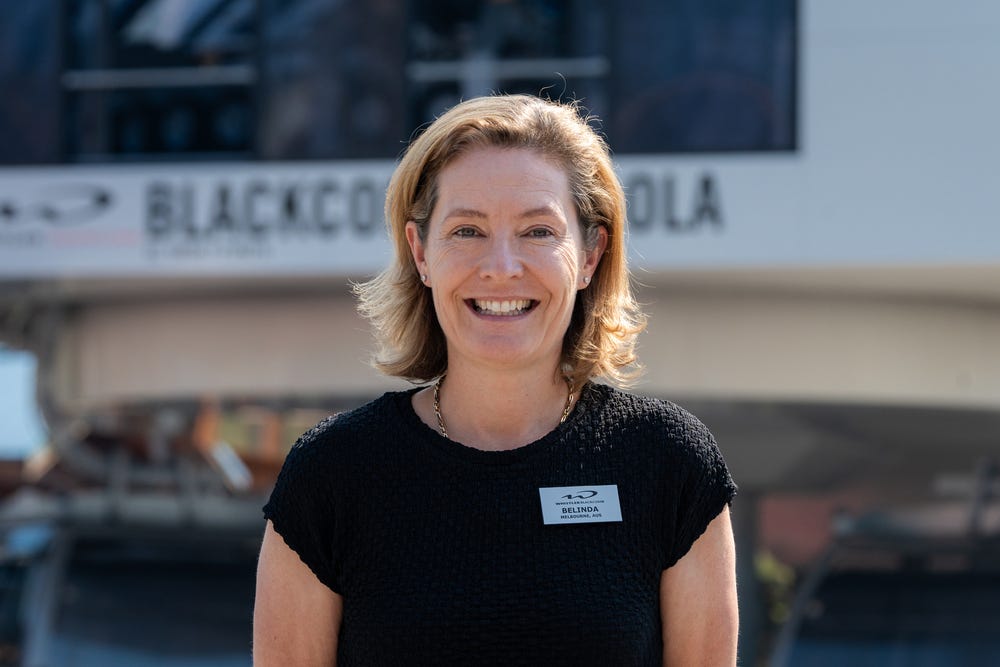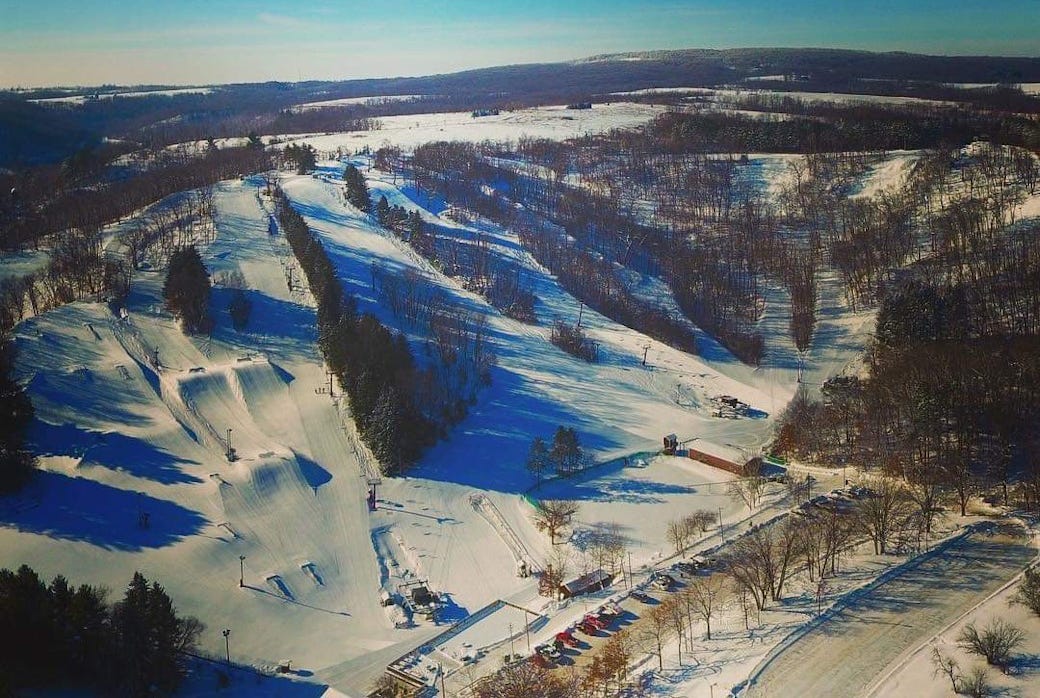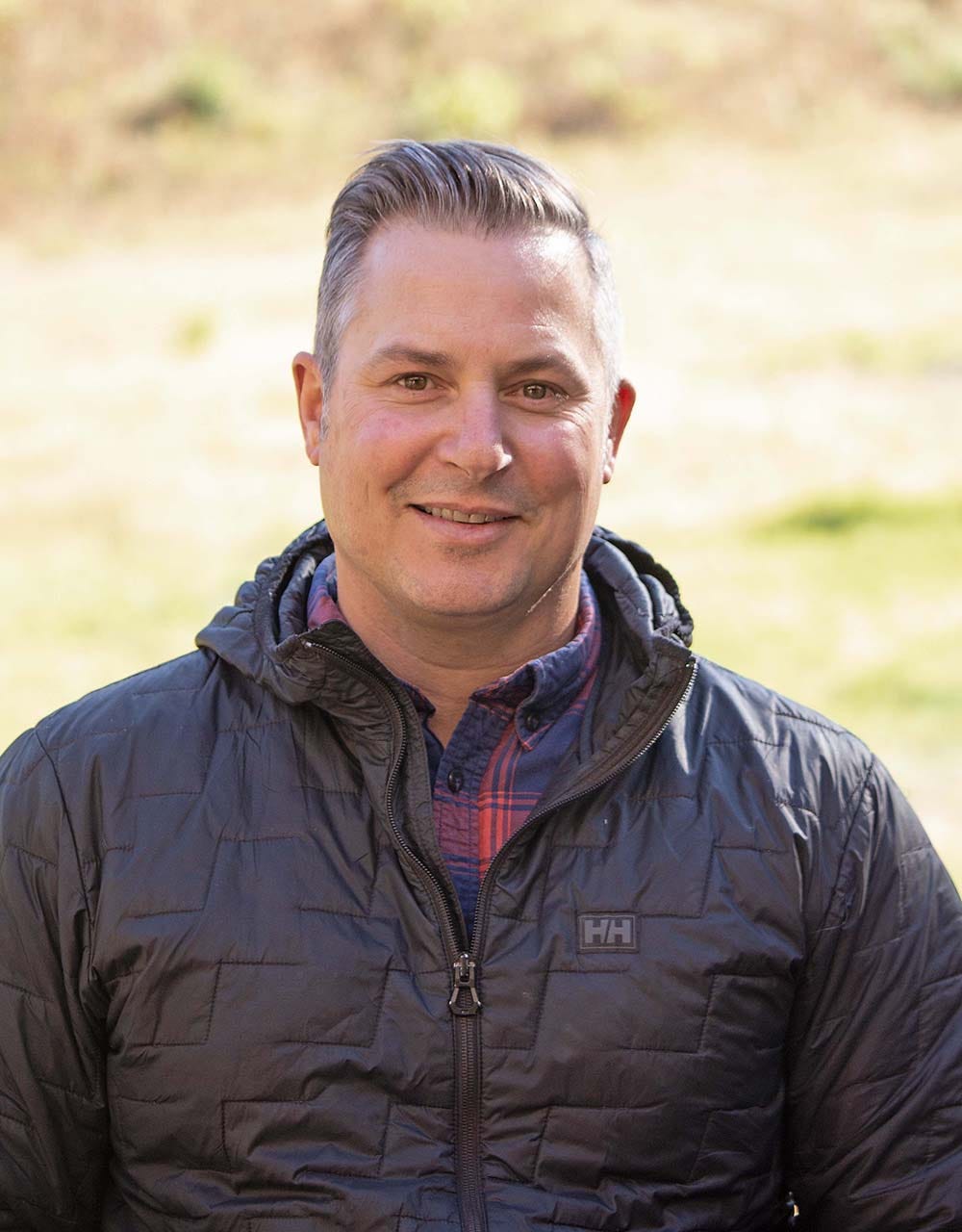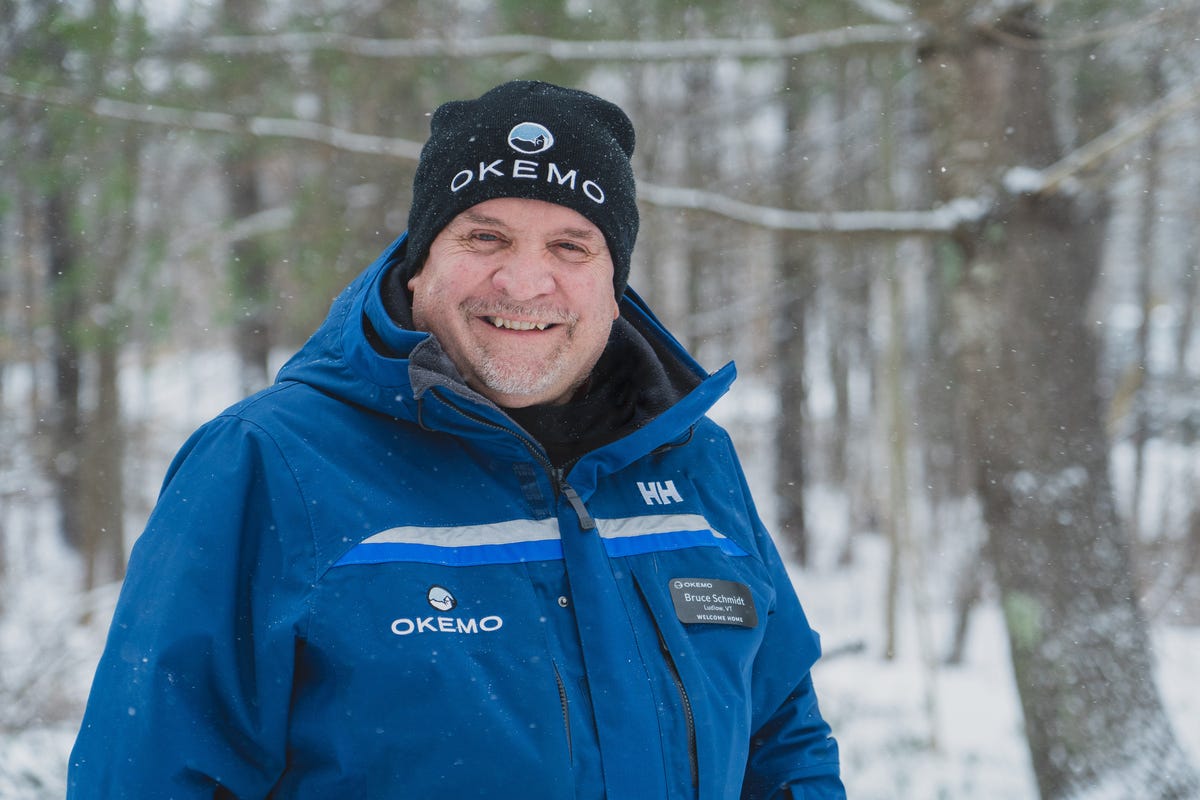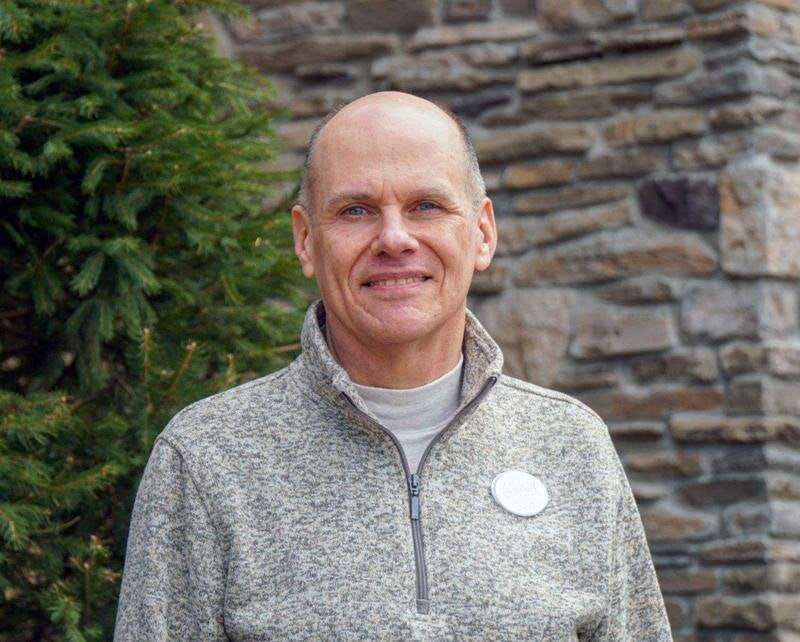Podcast #164: Sunday River General Manager Brian Heon
Description
This podcast hit paid subscribers’ inboxes on March 26. It dropped for free subscribers on April 2. To receive future pods as soon as they’re live, and to support independent ski journalism, please consider an upgrade to a paid subscription. You can also subscribe to the free tier below:
Who
Brian Heon, General Manager of Sunday River, Maine
Recorded on
January 30, 2024
About Sunday River
Click here for a mountain stats overview
Owned by: Boyne Resorts
Located in: Newry, Maine
Year founded: 1959
Pass affiliations:
* Ikon Pass: 7 days, no blackouts
* Ikon Base Pass: 5 days, holiday blackouts
* New England Pass: unlimited access on Gold tier
Reciprocal partners:
* New England Pass holders get equal access to Sunday River, Sugarloaf, and Loon
* New England Gold passholders get three days each at Boyne’s other seven ski areas: Pleasant Mountain, Maine; Boyne Mountain and The Highlands, Michigan; Big Sky, Montana; Brighton, Utah; Summit at Snoqualmie, Washington; and Cypress, B.C.
Closest neighboring ski areas: Mt. Abram (:17); Black Mountain of Maine (:34); Wildcat (:46); Titcomb (1:05 ); Attitash (1:05 ); Cranmore (1:11 )
Base elevation: 800 feet
Summit elevation: 3,150 feet (at Oz Peak)
Vertical drop: 2,350 feet
Skiable Acres: 884 trail acres + 300 acres of glades
Average annual snowfall: 167 inches
Trail count: 139 (16% expert, 18% advanced, 36% intermediate, 30% beginner)
Lift count: 19 (1 eight-pack, 1 six-pack, 1 6/8-passenger chondola, 2 high-speed quads, 5 fixed-grip quads, 4 triples, 1 double, 1 T-bar, 3 carpets – Sunday River also built an additional triple chair on Merrill Hill, which is complete but not yet open; it is scheduled to open for the 2024-25 ski season – view Lift Blog’s inventory of Sunday River’s lift fleet.)
View historic Sunday River trailmaps on skimap.org.
Why I interviewed him
What an interesting time this is in the North American ski industry. It’s never been easier or cheaper for avid skiers to sample different mountains, across different regions, within the span of a single season. And, in spite of the sorry shape of the stoke-obsessed ski media, there has never been more raw information readily available about those ski areas, whether that’s Lift Blog’s exhaustive databases or OpenSnow’s snowfall comparisons and histories.
What that gives all of us is perspective and context. When I learned to ski in the ‘90s, pre-commercial internet, you could scarcely find a trailmap without visiting a resort’s ticket window. Skimap.org now houses more than 10,000 historic trailmaps for North America alone. That means you can understand, without visiting, what a ski area was, how it’s evolved, and how it compares to its neighbors.
That makes Sunday River’s story both easier and harder to tell. Easier because anyone can now see how this monster, seated up there beyond the Ski 93 and North Conway corridors, is worth the drive past all of that to get to this. The ski area is more than twice the size of anything in New Hampshire. But the magical internet can also show skiers just how much snowier it is in Vermont, how much emptier it is at Saddleback, and that my gosh actually it doesn’t take so much longer to just fly to Utah.
Sunday River, self-aware of its place in the ski ecosystem, has responded by building a better mountain. Boyne has, so far, under-promised and over-delivered on the resort’s 2030 plan, which, when launched four years ago, didn’t mention either of the two D-Line megalifts that now anchor both ends of the resort. The snowmaking is getting better, even as the mountain grows larger and more complex. The teased Western Reserve expansion would, given Sunday River’s reliance on snowmaking, be truly audacious, transforming an already huge ski area into a gigantic one.
Cynics will see echoes of ASC’s largess, of the expansion frenzy of the 1990s that ended in the company’s (though fortunately not the individual ski areas’) extinction. But Boyne Resorts is not some upstart. The narrative of ski-consolidation-doesn’t-work always overlooks this Michigan-based company, founded by a scrappy fellow named Everett Kircher in 1947 – nearly 80 years ago. Boyne officials assure me that their portfolio-wide infrastructure investment is both considered and sustainable. If you’ve been to Big Sky in the past couple of years, it’s clear what the company is trying to achieve, even if they won’t explicitly say it (and I’ve tried to get them to say it): Boyne Resorts is resetting the standard for the North American ski experience by building the most modern ski resorts on the continent. They’re doing what I wish Vail, which continues to disappoint me in the Midwest and Mid-Atlantic, would do: ensuring that, wherever they operate, they are delivering the best possible version of skiing in that region. And while that’s a tough draw in the Cottonwoods (with Brighton, stacked, as it is, against the Narnia known as Alta-Snowbird), they’re doing it in Michigan, they’re doing it in the Rockies (at Big Sky), and they’re doing it in New England, where Loon and Sunday River, especially, are transforming at superspeed.
What we talked about
Rain, rain, go away; deciding to close down a ski resort; “seven inches of rain and 40-degree temperatures will eat snowpack pretty quick”; how Sunday River patched the resort back in only four days; the story behind the giant igloo at the base of Jordan; is this proof of climate change or proof of ski industry resilience?; one big advantage of resort consolidation; the crazy New England work ethic; going deep on the new Barker 6 lift; why Sunday River changed plans after announcing that the old Jordan high-speed quad would replace Barker; automatic restraint bars; the second Merrill Hill triple and why it won’t spin until the 2024-25 ski season; the best part about skiing Merrill Hill; how Jordan 8 has transformed Sunday River; why that lift is so wind-resistant; the mountain’s evolving season-opening plan; the potential Western Reserve expansion; potential future lift upgrades; carpet-bombing; 2030 progress beyond the on-snow ski experience; whether the summer bike park could return; the impact of the Ikon Pass on skier visits; Mountain Collective; the New England Pass; and making sure local kids can ski.
Why I thought that now was a good time for this interview
Jordan 8. Barker 6. Merrill Hill. A December rainstorm fit to raise Noah’s Ark. There is always something happening at Sunday River. Or, to frame it in the appropriate active voice: Sunday River is always doing things.
New England, in its ASC/Intrawest late 1980s/1990s/early 2000s frenzy, built and built and built. Sugarbush installed five lifts, including the two-mile-long Slide Brook Express, in a single summer (1995). Killington built two gondolas and two high-speed quads in a three-year span from 1994 to ’97. Stratton sprouted two six-packs and two fixed-grip quads in the summer of 2001. And Sunday River, the most earnest manifestation of Les Otten’s ego and ambitions, multiplied across the wilderness, a new peak each year it seemed, until a backwater with a skiable footprint roughly equal to modern Black Mountain, New Hampshire had sprawled into a videogame ski kingdom at the chest-thumping pinnacle of Northeast skiing.
And then not a lot happened for a really long time. ASC fell apart. Intrawest curdled. Most of the ski area infrastructure investment fled west. Stowe, then owned by AIG, kept building lifts, as did the Muellers (Okemo), and Peak Resorts (at least at Mount Snow and Crotched). One-offs would materialize as strange experiments, like the inexplicable six-pack at Ragged (2001) and the Mid-Burke Express at remote and little-known Burke Mountain (2011). But the region’s on-mountain ski infrastructure, so advanced in the 1990s, began to tire out.
Then, since 2018 or so, rapid change, propelled by numerous catalysts: the arrival of western megapasses, a Covid adrenaline boost, and, most crucially, two big companies willing to build big-time lifts at big-time ski areas. Vail, since kicking New England’s doors open in 2017, has built a half-dozen major lifts, including three six-packs, across four ski areas. And Boyne Resorts, flexing a blueprint they first deployed at western crown jewel Big Sky, has built three D-line bubble lifts, installed two refurbished high-speed quads (with another on the way this summer), unveiled two expansions, and teased at least two more across its four New England ski areas. It doesn’t hurt that, despite a tighter regulatory culture in general, there is little Forest Service bureaucracy to fuss with in the East, meaning that (Vermont’s Act 250 notwithstanding), it’s often easier to replace infrastructure.
Which takes us back to Sunday River. Big and bustling, secure in its Ikon Pass membership, “SR,” as the Boyne folks call it, didn’t really have to do anything to keep being busy and important. The old lifts would have kept on turnin



